Description of taste and flavor of Panamanian sun-cured coffee beans grinding scale varieties for brewing and cooking sharing
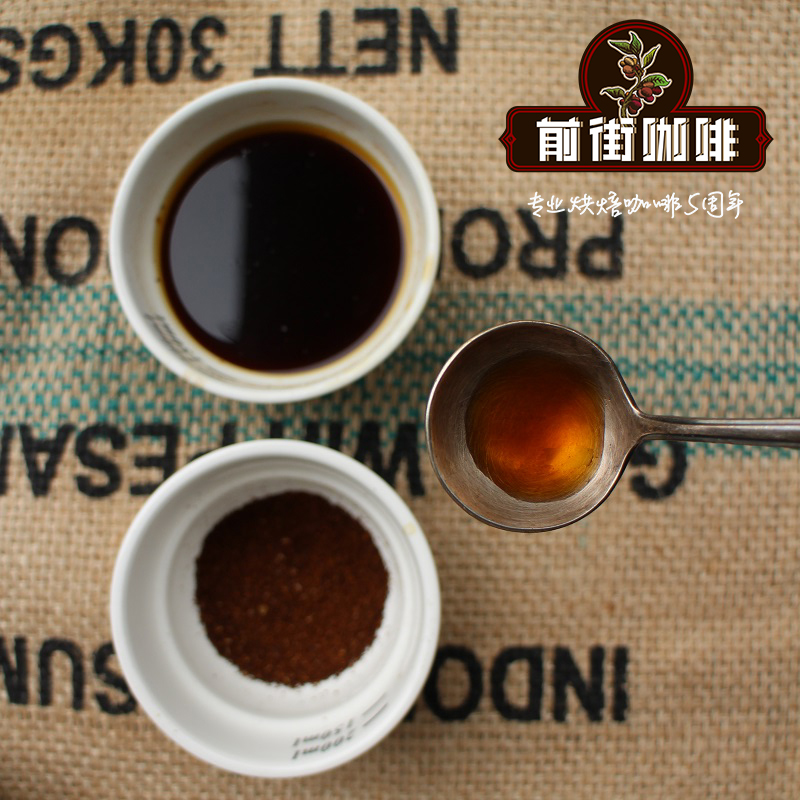
It was true love. Front Street knew why Panama's coffee was so desirable, especially the rose summer variety. It was even more like a goddess that everyone wanted to pursue! Panama has many famous coffee estates, which are quite famous in the world. The quality of the rose summer coffee beans produced is very high, and the price is quite expensive, but it still can't stop the enthusiasm of coffee fans and sells new highs repeatedly. Share the story of this farm and animal related, donkey farm in Panama today.
Panama is the southernmost country in Central America, bordered by the Caribbean Sea to the east, the Pacific Ocean to the west, Costa Rica to the north and Colombia to the south-an important isthmus linking North and South America. Due to this geographical location, Panama has a complex and varied microclimate, which also creates a unique flavor of Panamanian coffee.
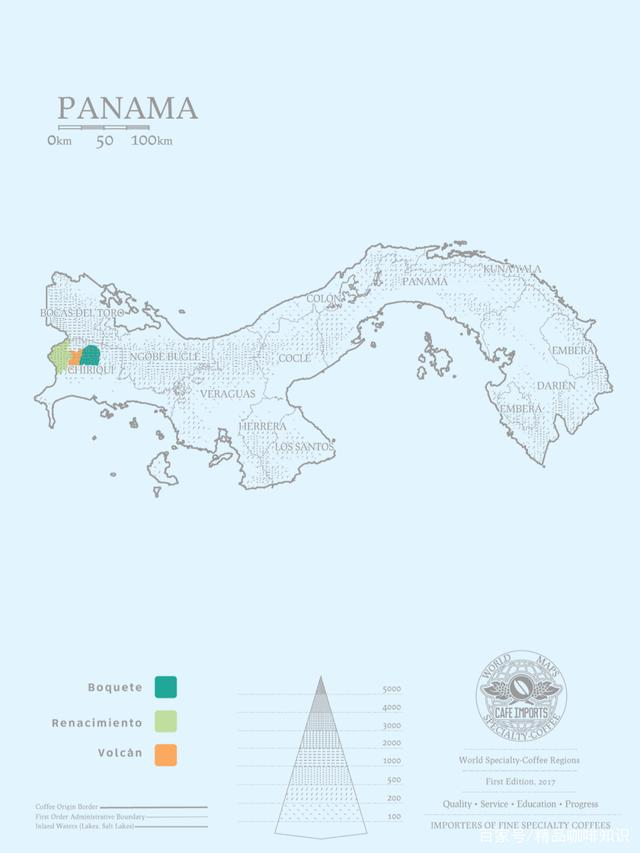
Panama coffee is grown in the west of the country, near Costa Rica, near the Pacific Ocean. The Boquet district of Chiriqui province is best known for its coffee production, Vocan, Santa Clara is also famous.
Other districts include David, Remasimentu, Bugaba and Tole. Only coffee grown at altitudes between 1,300 and 1,500 meters above sea level is considered special coffee.
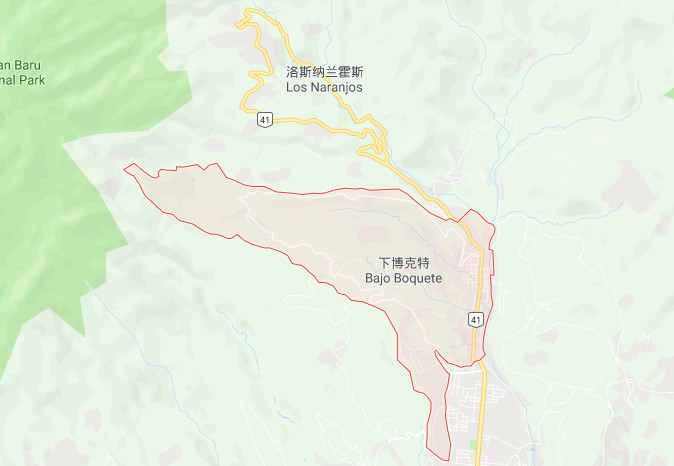
Boquet
Boquete is a town in Chiriqui, province of Chiriqui, located near the border between Panama and Costa Rica, close to the famous Baru volcano, beautiful scenery, rich soil, climate and soil very suitable for producing high quality coffee.
The microclimate in the Poquet highlands of Panama is a unique and important resource for fine coffee in the Poquet region; this is the environment of Panama from east to west, which allows cold air currents to converge above 6500 feet through the central mountains, thus creating a variety of microclimates in the Poquet region, making its temperature and rainfall very suitable for plant growth, so coffee trees grown here are in good condition.
Why is it called Donkey Manor?
Donkey Manor has a history of 100 years, because this location used to be cattle breeding, so the owner of the estate after the coffee after the donkey named for it. Donkey Manor's sister estate was the famous Alida Manor.
Donkey Estate is located in the Poquet region of Chiriquí Province of Panama. The estate covers an area of about 50 hectares, of which 20 hectares are planted with Crescia and Carduai, 10 hectares are reserved for cultivation, and the rest is protected by the National Forest Park of Baru Volcano, at an altitude of about 1700-1800 meters. The steep terrain of the area, with a large number of native trees as shade trees, and clouds, effectively prolongs the growth cycle of coffee. The soil is volcanic soil with high potassium and phosphorus content and rich organic matter.
Located in Panama's Poquet region, Donkey Manor is located on the southern slope of Baru Volcano. The soil is rich in organic matter, and the terrain is steep at high altitude. The perennial clouds have created the unique terroir characteristics of the manor coffee.
Although the name of the estate is very grounded, the coffee it cultivates has performed well. In recent years, Donkey Farm has won many awards in the Best Panama Competition (BOP) and gained fame.
In the 2016 Japan Barista Competition, the barista from Maruyama Coffee won the championship with the washed rose summer of Donkey Manor!
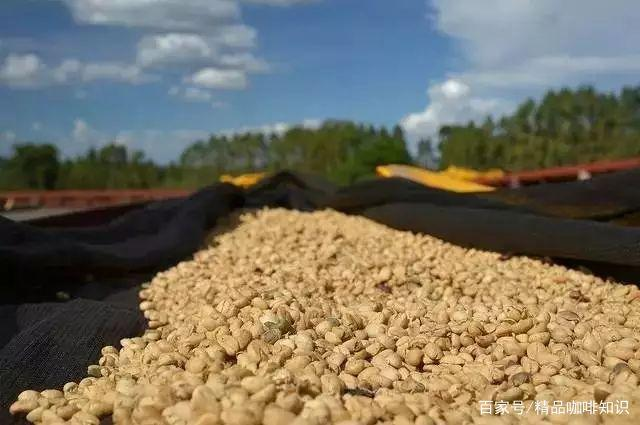
solarization
The harvested coffee fruit is poured into a large tank. The ripe and full fruit will sink to the bottom and remove the floating beans. Put the whole coffee fruit with skin and belt on the bean drying field to dry naturally to about 12% moisture content. It takes about two to four weeks. Finally, a hulling machine knocks out the dry, hard rind, pulp and sheepskin layers, and the green beans emerge.
Breed: summer rose
The species (Geisha) was discovered in 1931 in Ethiopia's rosewood forests and sent to the Coffee Institute in Kenya.
It was introduced to Uganda and Tanzania in 1936.
It was introduced in Costa Rica in 1953.
1960: Pachi Serracin, owner of Don Patch Manor in Panama, brings Guixia from Costa Rica to Panama. Later, Panama's Emerald Estate separated it from other varieties and entered the national coffee competition champion.
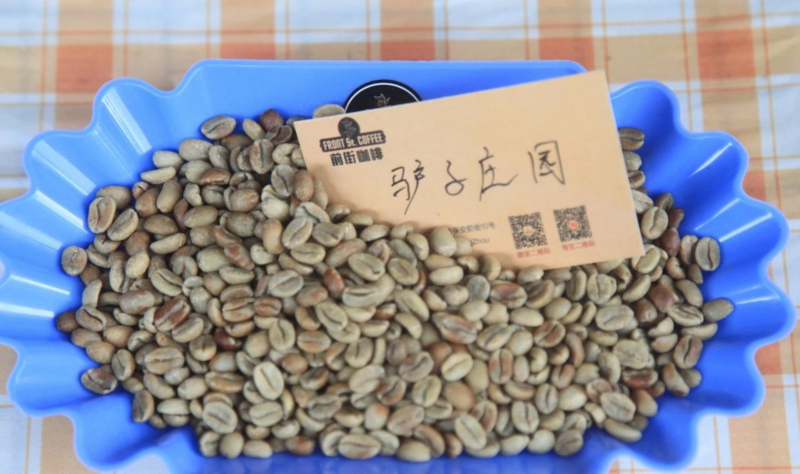
[Front Street Coffee Panama Donkey Manor Sunburn]
Country: Panama
Manor: Donkey Manor
Production area: Poquet
Breed: summer rose
Altitude: 1700-2000m
Treatment method: sun treatment
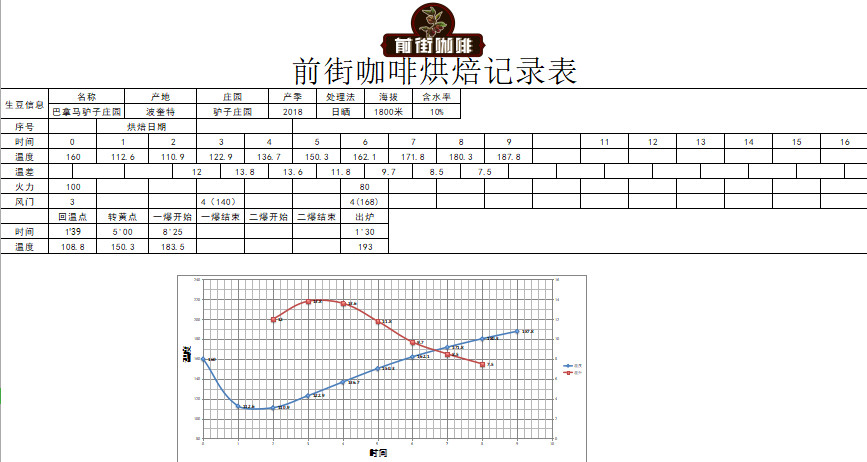
[Front Street Coffee Roaster Advice]
Baking machine: Yangjia 800N
When the furnace temperature reaches 160℃, enter the pot, open the damper 3, the fire power is 130; the temperature return point is 140 ", the fire power is unchanged when the furnace temperature is 140℃, and the damper is opened to 4; at this time, the bean surface turns yellow, the grass smell completely disappears, and enters the dehydration stage. When the furnace temperature reaches 168℃, adjust the fire power to 80, and the damper is unchanged.
7 50", the bean surface appears ugly beard wrinkles and black stripes, toast flavor obviously changed to coffee fragrance, can be defined as the prelude to a burst, this time to hear the sound of a burst point, to 8 25" to start a burst, turn down the fire to 50, throttle to 5 (adjust the fire to be very careful, not small to no burst sound), a burst after the development of 1 30", 193℃ out of the pan.
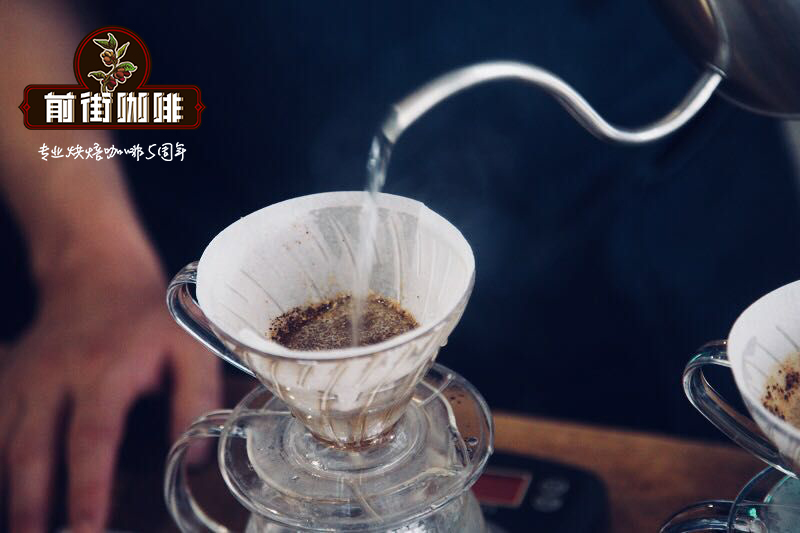
[Front Street Coffee Hand Brewing Suggestion]
Filter cup: V60
Water temperature: 91℃
Powder water ratio: 1:15
Abrasion: BG #6L
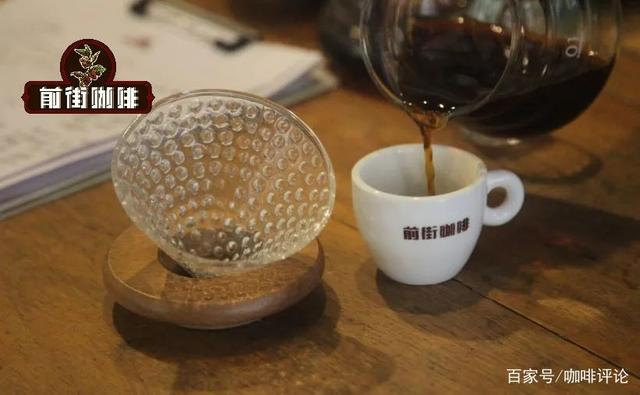
[Front Street Coffee Brewing Technique]
Cooking method: 30 grams of water stewed for 30 seconds, water injection to 125 grams of subsection, such as the water level is about to expose the powder bed continue to water injection to 225 grams cut off water, water level is about to expose the powder bed removed filter cup,(stewing start timing) extraction time is about two minutes.
[Flavor Description]
It smells of ginger, citrus, honey, berry, and fermented wine. As the temperature decreases, it slowly emerges pineapple-like sweetness, with sweet and sour taste of orange at the end.
Important Notice :
前街咖啡 FrontStreet Coffee has moved to new addredd:
FrontStreet Coffee Address: 315,Donghua East Road,GuangZhou
Tel:020 38364473
- Prev
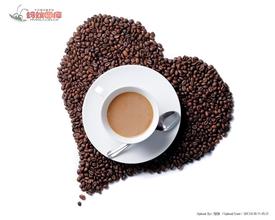
Guatemala Huasen coffee flavor description method taste grinding scale
Guatemala Flower God Coffee Flavor description processing method taste grinding scale Guatemala Hua Shen coffee beans are made by a well-known processing plant in Antigua, which is under the technical guidance of Raminita, a well-known coffee group brand. from the selection of raw beans to strict management and control, it also has excellent and stable quality. Another reason is that Guatemala is better than its
- Next
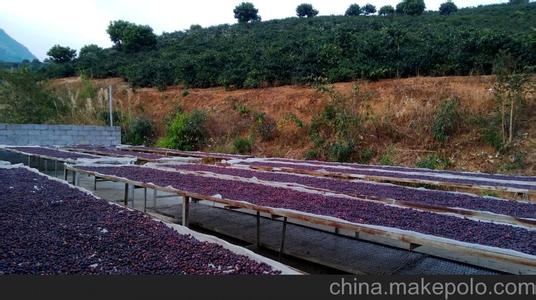
Cultivation of mellow and fragrant Colombian coffee beans in planting environment
The growing environment of mellow and fragrant Colombian coffee beans; among Colombian coffee, Spremer SUPREMO is the most distinctive. It is a soft mouth species with high balance, high aroma, good acidity and sweet taste. on the whole, it has the characteristics of sweet in acid and flat in bitterness, especially exotic fragrance, excellent flavor, stable quality and flavor.
Related
- Detailed explanation of Jadeite planting Land in Panamanian Jadeite Manor introduction to the grading system of Jadeite competitive bidding, Red bid, Green bid and Rose Summer
- Story of Coffee planting in Brenka region of Costa Rica Stonehenge Manor anaerobic heavy honey treatment of flavor mouth
- What's on the barrel of Blue Mountain Coffee beans?
- Can American coffee also pull flowers? How to use hot American style to pull out a good-looking pattern?
- Can you make a cold extract with coffee beans? What is the right proportion for cold-extracted coffee formula?
- Indonesian PWN Gold Mandrine Coffee Origin Features Flavor How to Chong? Mandolin coffee is American.
- A brief introduction to the flavor characteristics of Brazilian yellow bourbon coffee beans
- What is the effect of different water quality on the flavor of cold-extracted coffee? What kind of water is best for brewing coffee?
- Why do you think of Rose Summer whenever you mention Panamanian coffee?
- Introduction to the characteristics of authentic blue mountain coffee bean producing areas? What is the CIB Coffee Authority in Jamaica?

